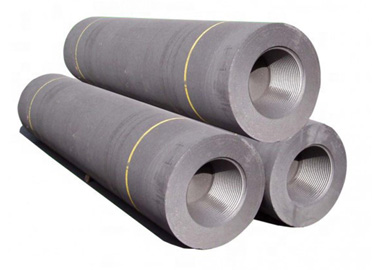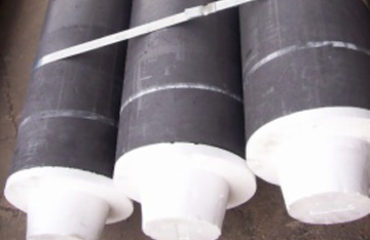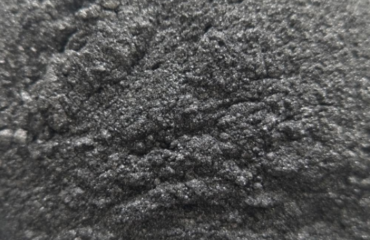
1. Ordinary power graphite electrode (RP) allows the current density to be lower than 17a / cm2. The raw materials are mainly petroleum coke and coal asphalt. The production cycle is about 45 days. It is mainly used to refine ordinary steel, silicon and yellow phosphorus.
2. High power graphite electrode (HP), whose allowable current density is between 18 ~ 25A / cm2, raw materials are petroleum coke and coal asphalt, needle coke is added, and the production cycle is about 60 days. It is mainly used for steelmaking.
3. Ultra high power graphite electrode (UHP), which allows the current density to be greater than 25A / cm2. The raw materials include petroleum coke, needle coke and coal asphalt. The needle coke content is greater than that of high-power graphite electrode, and the production cycle is greater than 65 days. It is used for smelting refined steel and special steel.
The raw material cost accounts for more than 65% of the total cost of graphite electrode. The key material of graphite electrode is needle coke. The ultra-high power electrode made of needle coke can shorten the steelmaking time by 30% ~ 50%, save electricity by 10% ~ 50%, and effectively reduce the steelmaking cost. One ton of finished ultra-high power graphite electrode contains 0.85 tons of needle coke, and 1.05 tons of needle coke is required to produce one ton of ultra-high power graphite electrode.
The diameter of graphite electrode is 200-700mm, which is difficult to break through 700mm due to the limitation of molding machine. The length is generally 1800-3000mm, and the domestic mainstream is 1800-2400mm.
Graphite electrode belongs to the industry of high energy consumption and high emission, and the future expansion may be limited under the background of double high limit. The production of a ton of graphite electrode consumes about 1.69 tons of standard coal. According to the conversion method of 1 ton of standard coal and 2.66 tons of carbon dioxide, the carbon emission of a single ton of graphite electrode is 4.48 tons. Therefore, the expansion of production may be limited in the future.


